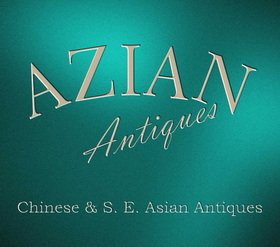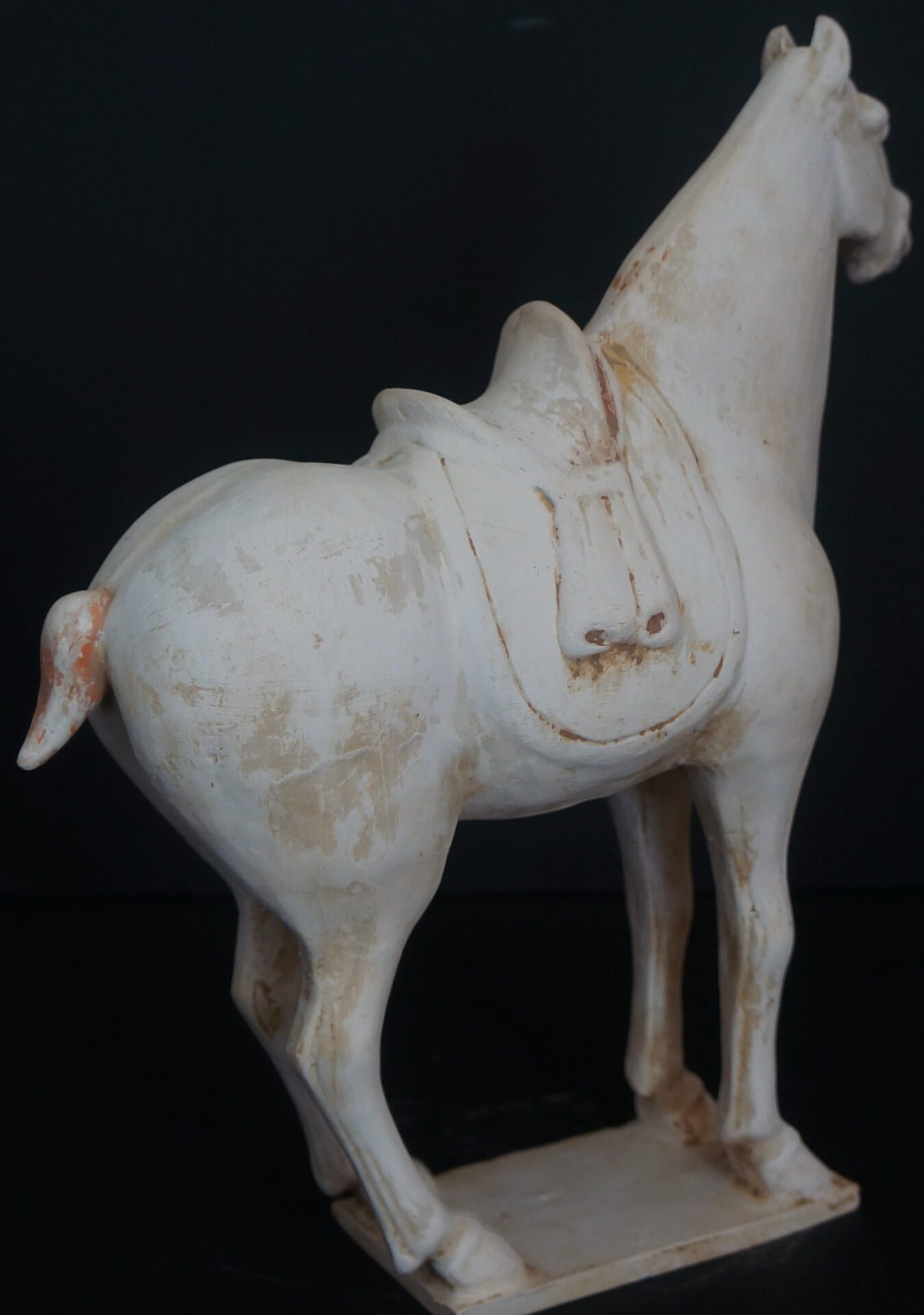
Ming qi Pottery Figures of Tang China 618-907 CE
Ming qi Pottery Figures of Tang China 618-907 CE were made specifically to be placed in tombs. They were meant to accompany the deceased into the afterlife and provide them with the familiarity and comfort of the things they liked, used and enjoyed while alive. Ming qi is also a valuable source of information about the culture, society, and art of Tang China, one of the most prosperous and diverse periods in Chinese history.
The Origin and Development of Ming qi Pottery Figures
The practice of using pottery figures in tombs dates back to the Neolithic period (c. 10,000-2,000 BCE) in China. The earliest examples were simple clay figurines of humans and animals that were buried with the dead as offerings or companions. During the Han dynasty (206 BCE-220 CE), the use of pottery figures became more widespread and elaborate, as tombs were filled with hundreds or thousands of ming qi representing soldiers, servants, musicians, dancers, animals, and other items. The Han Ming qi was also influenced by the introduction of Buddhism to China, as some figures depicted Buddhist deities or scenes.
The Tang dynasty was a golden age for Ming qi production and diversity. The Tang emperors and aristocrats built lavish tombs for themselves and their consorts and commissioned skilled craftsmen and artists to create exquisite ming qi for their burial. The Tang ming qi reflected the cosmopolitan and sophisticated tastes of the time, as well as the religious beliefs and practices of the Tang people, who followed a variety of faiths, including Buddhism, Daoism, Confucianism, Zoroastrianism, Manichaeism, and Nestorian Christianity. The Tang ming qi also demonstrated the artistic achievements and technical innovations of the Tang period, such as the use of moulds, glazes, colours, and accessories.
The types and functions of Ming qi Funerary Offerings
The Tang Ming qi can be classified into three main types: human figures, animal figures, and architectural models. The human figures included court ladies, officials, soldiers, servants, entertainers, foreigners, and religious figures. They were usually made of earthenware clay using moulds or hand-modelling techniques. They were then painted with bright colours or coated with a lead-based glaze called Sancai (three colours), which typically had shades of green, yellow, and white. Some figures were also decorated with accessories such as jewellery, clothing, or saddles made of metal, wood, silk, or paper.
Ming qi Pottery figures of Tang China included animal figures such as horses, camels, dogs, lions, birds, and mythical creatures. They were also made of earthenware clay using similar methods as the human figures. They were often depicted in realistic or stylized poses and expressions. Some animals were also shown carrying goods or people on their backs or in their mouths.
The architectural models included replicas of houses, palaces, towers, granaries, wells, stables, and temples. They were usually made of hollow clay bricks that were assembled into various shapes and sizes. Some models were also painted or glazed to imitate the appearance of wood or tile.
The ming qi had different functions and meanings depending on their type and context. Some ming qi were designed to protect the tomb from evil spirits or to ensure a favourable rebirth for the soul. For example, some human figures held weapons or charms to ward off demons or ghosts. Some animal figures represented auspicious symbols or zodiac signs that could bring luck or fortune to the deceased. Some architectural models represented shrines or altars where rituals or offerings could be performed for the ancestors or gods.
Other ming qi were meant to entertain or serve the deceased with music, dance, games, food, and drink. For example, some human figures played musical instruments or performed acrobatic moves to amuse the tomb owner. Some animal figures showed scenes of hunting or racing to provide excitement or thrill to the deceased. Some architectural models represented residences or palaces where the tomb owner could enjoy a comfortable or luxurious life.
Ming qi as expressions of culture and identity
Ming qi were not only objects of art but also expressions of culture and identity. They revealed the personal preferences and social status of the tomb owner as well as the collective values and norms of Tang society. They also showed how the Tang people lived and worked in their daily lives.
For example, some ming qi reflected the cosmopolitan and diverse nature of Tang China. The human figures included people from different ethnicities and regions who came to China through trade or diplomacy. The animal figures included exotic species that were imported from Central Asia or Africa. The architectural models represented different styles and influences from Chinese and foreign cultures.
The study of Ming Qi Pottery figures excavated in China from the Neolithic period, through to the Han, Tang and Ming Dynasty has contributed immensely to the knowledge we have learned about the practices, customs and and rites given to not only the deceased person but also on a soul level after death.
Some ming qi also reflected the religious beliefs and practices of Tang China. The human figures included Buddhist monks who preached or meditated in their robes. The animal figures included lions who guarded Buddhist temples or dragons who symbolized cosmic power. The architectural models included pagodas that housed Buddhist relics or stupas that marked sacred sites.
Some ming qi also reflected the artistic achievements and technical innovations of Tang China. The human figures displayed delicate features and graceful postures that showed the mastery of the Tang craftsmen and artists. The animal figures exhibited realistic or stylized forms and expressions that showed the creativity and imagination of the Tang craftsmen and artists. The architectural models demonstrated the complexity and diversity of Tang architecture and engineering.

